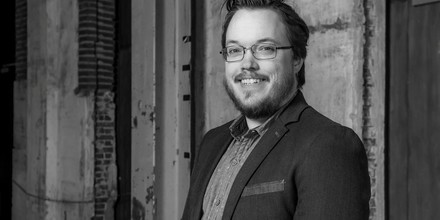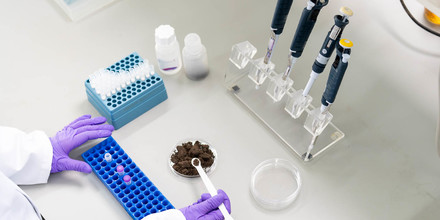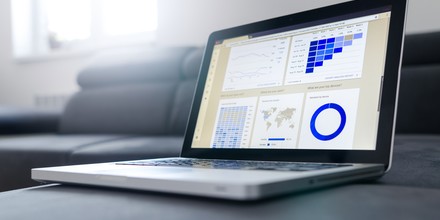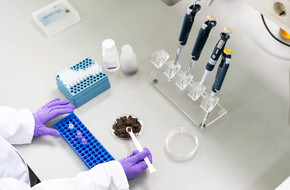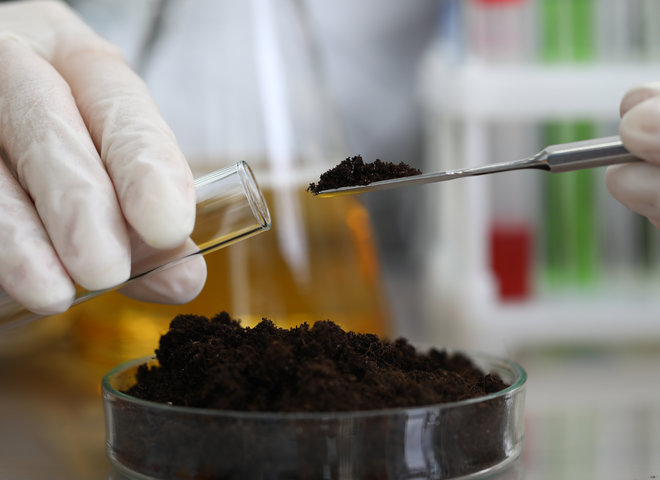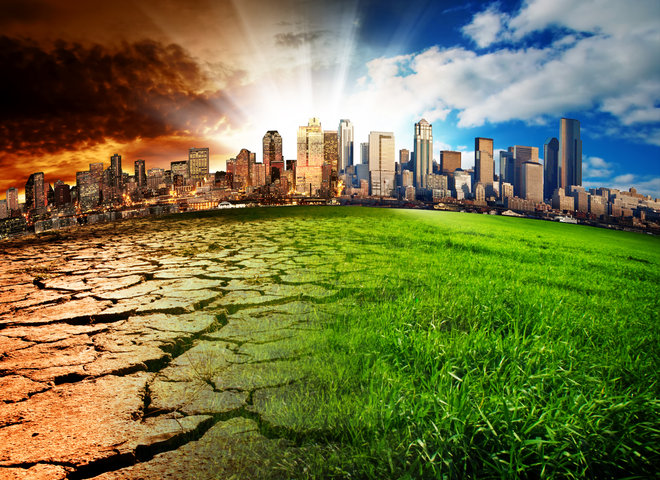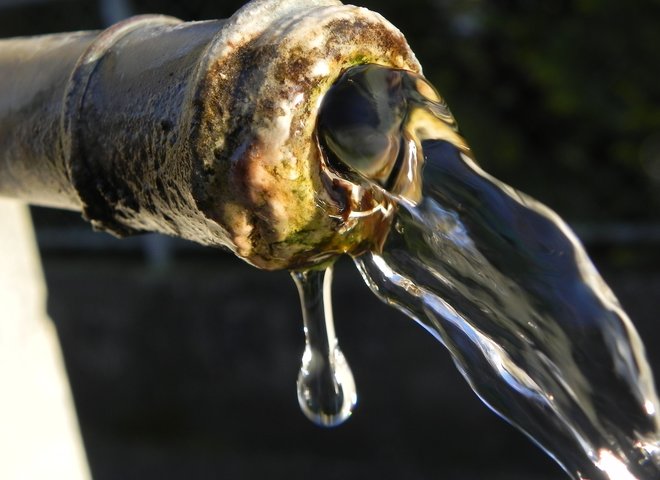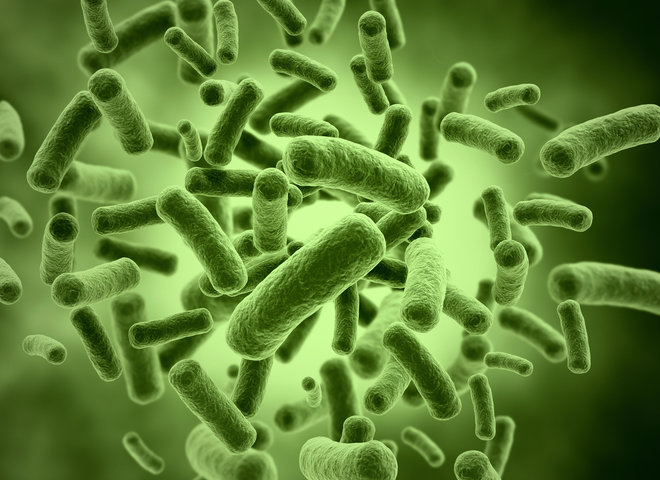Risk assessment and management
Soil and water contamination: determining real risks and finding the right solutions
When business owners, water control boards or local governments are confronted with new or existing soil and water contaminations, they will have two obvious questions: what is the risk of the contamination and how much will it cost to remove this risk?
Researchers used to base risk assessment of contaminants solely on chemical analysis, but we learned over the years that this often leads to an overestimation of the risks, which leads to unnecessary costs.
Increased insight leads to lower costs
To get a clear evaluation of the risk of a contamination, Bioclear earth developed several different methods for risk assessment. One of these methods is called the TRIAD-method. When the TRIAD method is applied not only chemical analysis, but also toxicological and ecological tests are conducted. Over time research has shown that in approximately 40% of the cases no risks are found and in 60% of the cases the spreading of the pollution is much smaller than first anticipated. The remediation costs will therefore be much lower.

